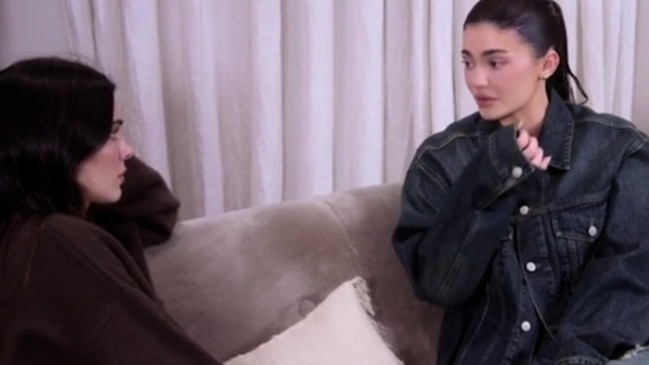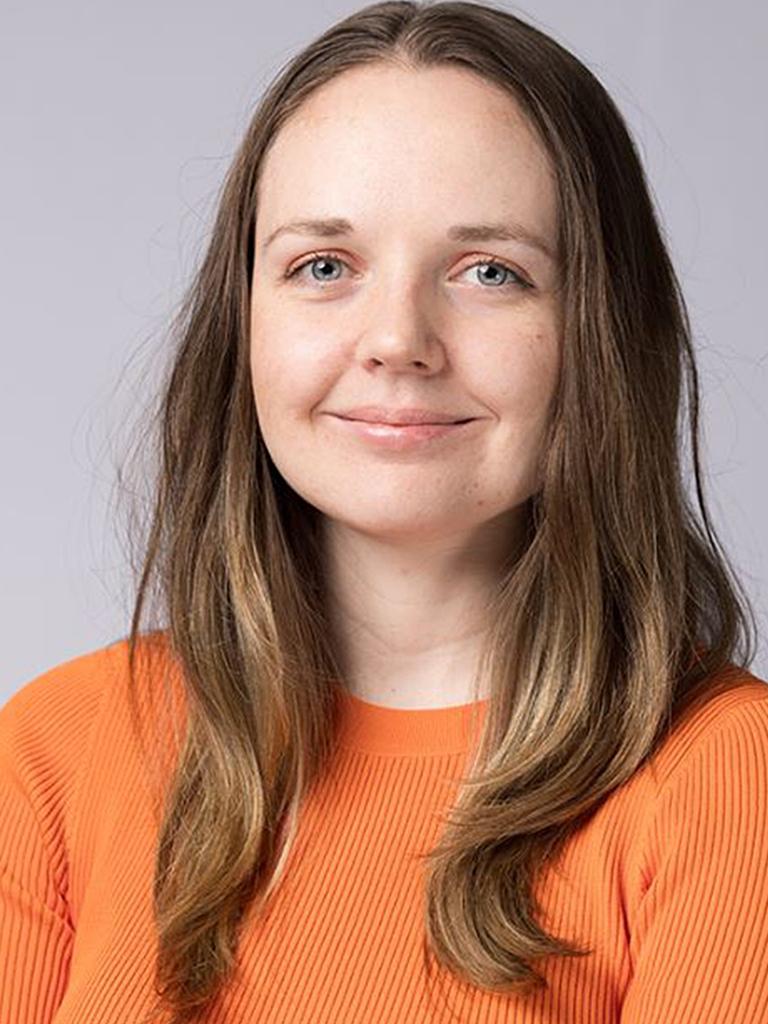Social media algorithms leading young Australian women to take drastic action
Social media algorithms create such insecurities about appearance that young women are being driven to risky interventions.

Social media is manipulating young women into chasing physical perfection, triggering a huge increase in high-risk cosmetic procedures.
Plastic surgeons warn that Instagram and TikTok algorithms create insecurities about appearance and promote interventions that can cause blindness, deformities and even death when performed by poorly trained practitioners.
Australians are predicted to spend more than $1.4bn on cosmetic surgery procedures this year, an increase of 27 per cent since 2011, according to IBIS World.
So strong is the influence of social media that prospective patients in their early 20s show highly filtered images of celebrities and say: “I want to look like that.”
Demand for “butt lifts” (gluteal augmentation), “tummy tucks” (abdominoplasty), “boob jobs” (breast augmentation) and facial procedures has never been higher.
Where once people sought results that looked natural, they now want obvious “statement” work they can show off to their friends and post themselves on social media.
In our case study, Gold Coast university student Taliya Thompson admits she had become accustomed to a line-free forehead since first getting Botox at 17, but now admits she had “a distorted perception of my age”.
Meanwhile, teenagers are requesting “designer vaginas” (adolescent labiaplasty) due to “increased exposure to idealised images of physical appearance via social media”, the Australian Psychological Society says.

The staggering rise in surgical and non-surgical procedures (using dermal fillers and Botox) has united plastic surgeons, psychologists and advocacy groups in condemnation of social media’s stronghold – and on the need for greater regulations.
Melbourne-based plastic surgeon Mark Ashton says social media is “incredibly persuasive” and “trivialises” the risks of procedures.
“Young women come in with a gallery of images – and the demographic is footballers’ wives, walking about in active wear with overdone cheek bones, big lips, big breasts; a distortion of normality – and they think it is relatively easy to achieve,” he said.

“The classic one is upper and lower lip fillers – these have progressively increased to the extent that they look artificial. It used to be about enhancing a deficient lip to look ‘normal’ but now it’s to look fake – you go to your friends and make a statement that I’ve clearly had something done, almost like the appendage of a Gucci or Prada handbag.”
Professor Ashton says cosmetic practitioners use social media to promote their businesses because they know “its algorithms are highly researched and deliberately designed to hit their target audience. There is nothing left to chance here, they are used against a largely unsuspecting, naive and vulnerable group of our population who are led to believe this is a look they could and must have, and that it’s risk free and guaranteed.”
Professor Ashton warns that fillers (hyaluronic acid) can cause blindness, tissue death or stroke if incorrectly injected.
“All the blood vessels of your face are connected,” he said. “If hyaluronic acid is put into your lip with force, which is what they do, it can go from your lip artery into your nose and kill your nose, or into your eye artery and make you blind.”

Deaths from “butt lifts” have been well documented, including that of 29-year-old Gold Coast woman Evita Sarmonikas in 2015.
Professor Ashton said he sees up to seven people a week who have been “botched”.
“It is an unending stream of misery and harm,” he said.
“They are almost invariably fragile, broken and disillusioned patients who were promised a dream that hasn’t eventuated, and more often than not they’re maimed, scarred and can’t be fixed.
“If governments and regulators want to protect the community they would mandate that surgical and non-surgical procedures can only be done by people with accredited surgical and anatomical training, and in a licensed and accredited facility like a hospital.”
Sydney-based plastic surgeon Naveen Somia says young women are “finding things wrong” with their appearance after seeing “unrealistic” images on Instagram and are “all morphing into the same thing”. She says no procedure lasts forever, yet social media only shows the immediate results. “Gravity always wins; you can’t hold up the Sydney Harbour Bridge with a piece of string.”

Veya Seekis, a lecturer and researcher at the School of Applied Psychology at Griffith University on the Gold Coast, says the link between social media use and cosmetic procedures is “really sad”.
Preliminary findings from her latest study of almost 400 undergraduate women aged 17-30 show “the more they engage, the more they consider cosmetic surgery”.
More than three-quarters would consider a procedure if it was free or painless, while one in 10 had already had one.
“But the thing that really got me was that 39 per cent reported being reluctant to engage in social activities due to their appearance,” she said.
Dr Seekis says social media is “an addiction” and algorithms are “designed to make people dependent” by presenting more of what they’ve liked, shared or viewed.
“Even if it’s negative or triggering content, social media companies don’t care, they know negativity sells, that’s their business model,” she said.
“They say it’s up to users to stop engaging, and yes, that’s true to a degree but many vulnerable people don’t have the capacity. How about they say, let’s redesign our algorithm and put in other content around body neutrality and positivity?”
Dr Seekis says very few people are naturally beautiful.
“Using the golden ratio (an Ancient Greek system which measures optimal proportions for facial features), it’s less than 8 per cent.
“Margot Robbie, she definitely has that classic facial symmetry – the right width between her eyes, plump lips, prominent cheekbones.
“The majority of us are average – with or without surgery – yet social media uses our averageness against us, creating fear we are not even close to perfect.”

Operation Redress advocacy team Maddison Johnstone and Michael Fraser have been instrumental in tightening rules around cosmetic surgery advertising.
In July last year, the Australian Health Practitioner Regulation Agency and Medical Board of Australia brought in strict rules to ban emojis and sexualised before and after imagery, as well as a ban on testimonials. Similar rules are to be brought in this year for the non-surgical sector.


However, Mr Fraser says social media remains rife with content that “brazenly breaks the rules”. “We’ve seen tens of thousands of posts and 99 per cent are not compliant,” he said. “The bulk are not even sneaky breaches; they’re displaying prices, using before and afters, and it’s amazing how many put out videos acknowledging they’re doing the wrong thing.”
Ms Johnstone said women should not be bombarded with content that “tricks us into thinking we are ugly and need to fix perfectly normal and natural parts of ourselves”.



